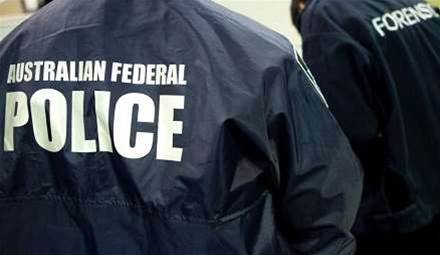The Australian Federal Police is working to build out an image classifier tool that uses deep learning to reduce staff exposure to distressing digital evidence.

The policing agency is currently developing the tool to help sift through the thousands of photographs that staff need to identify and categorise during investigations.
It is expected to act as an early warning system to flag explicit material for investigators working in child exploitation and counter terrorism.
Both areas routinely expose staff to explicit material that can cause high levels of psychological distress and result in mental health compensation claims.
A recent audit into the AFP’s ability to manage mental health noted that digital forensics specialists were particularly vulnerable due the highly specialised nature of their work.
“As such, many long term Digital Forensics members have been exposed to explicit material for periods extending beyond 10 years,” the audit states.
The tool stems from prototype image classifier conceptualised by AFP senior digital forensic examiner Janis Dalins during his three-month data fellowship at Data61.
It uses deep learning networks to learn the visual concepts of an image rather its technical attributes.
Dalins said current law enforcement practices rely on either perceptual or cryptographic hashes to check see if data has been seen before or to find similarities between the content of images.
However both hashes are limited in that “they are unable to examine a previously unseen photograph and identify its content, without having a previously classified image to compare it to”.
The use of deep learning networks was an approach suggested by Data61 to avoid “improve[ing] the performance of existing cryptographic and perceptual hashing methods”.
These would have required “an unaffordable level of infrastructure, and would not improve the limitations around previously unseen materials”.
With the help of Data61 senior data scientist Dr Yuriy Tyshetskiy, the prototype was designed and implemented using open source machine learning frameworks like Google’s TensorFlow.
“During an investigation, the prototype analyses materials and, if they are considered to be extreme or exploitative images, the reviewer can be warned,” Dalins said in a Digital Transformation Agency blog post.
“Importantly, the classifier works with the existing software and systems investigators use. It complements how they already work so they don’t need to change their processes.”
Dalins said the prototype “has now been tested on live operations with extremely positive results”, and has also lead to further work with Data61 to construct a “data airlock”.



.png&h=140&w=231&c=1&s=0)

_page-0001.jpg&w=100&c=1&s=0)




.png&w=120&c=1&s=0) Tech in Gov 2025
Tech in Gov 2025
 Forrester's Technology & Innovation Summit APAC 2025
Forrester's Technology & Innovation Summit APAC 2025
 Local Government Focus Day Western Australia
Local Government Focus Day Western Australia
 Digital Leadership Day Western Australia
Digital Leadership Day Western Australia
 Government Cyber Security Showcase Western Australia
Government Cyber Security Showcase Western Australia











.jpg&h=140&w=231&c=1&s=0)



